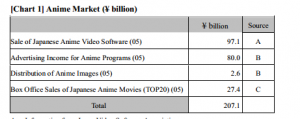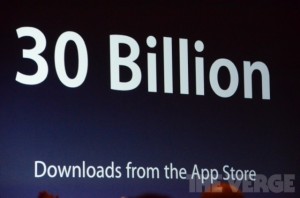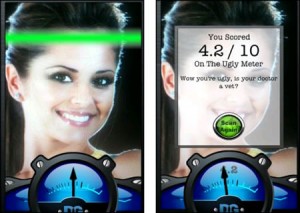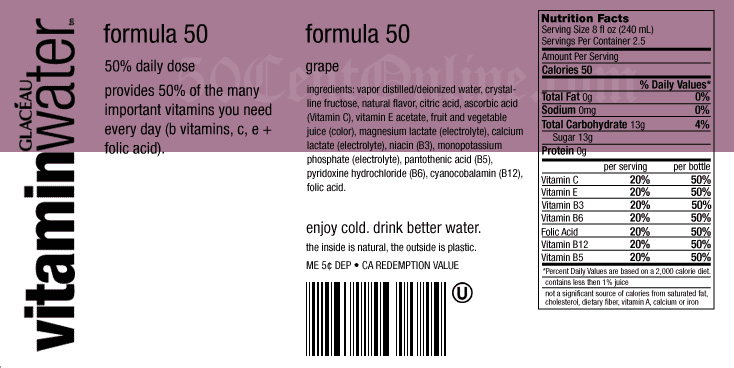I am really glad that I have finished this marketing course and have a unforgettable memory to it. People all have a feeling that once they have finished a task, they believe what they have done is great. However, after carefully review, they will find out many area which can be improved. It happens to my group as well. But what we have done well is that everyone in the group is willing to spend tons of time in reviewing these assignments.
What we have done well:
- We are detail-oriented. Every grammar, wording, and sentence do matter in our eyes. Sometimes, we even spent several minutes in arguing which term we need to use.
- We are willing to contribute the whole weekends to the assignment and meeting. Usually from 1:00pm to 9:00pm.
- We have a good offline relationship. After several-hour meeting, we usually will have a good dinner together, which enhanced our friendship so that we can work better together.
What we did not do well:
- We are not efficient and productive. Our shortest meeting is about 5 hours and we do not do what we should do in the 5 hours because we can good friends and we are always playing and working.
- We seldom split up the task before we meet. This is another reason why we are not efficient
Considered of the the video assignment, we really concentrated on the content but somewhat ignore the creativity of the video. None of us knows how to create a high-quality video like a pro, however luckily we know how to use our strength to remedy the weakness. So we put a lot of weight in the content of the video.
Lastly, thanks all my group members for working hard together, thanks Tamar Milne for great teaching, and thanks all the staff behind COMM296 for contributing to this course.





